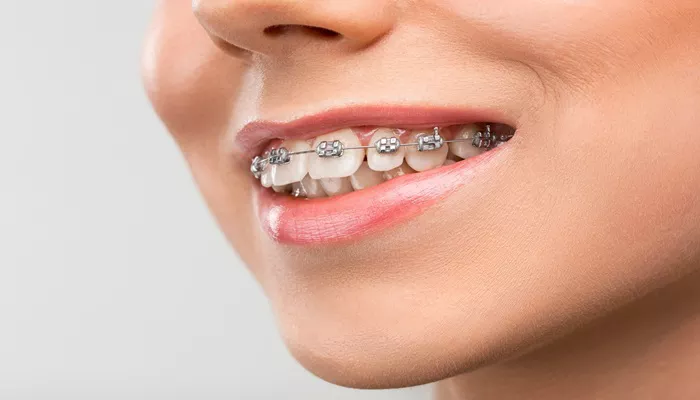Removing braces is a critical final step in orthodontic treatment that marks the transition to a new, confident smile. However, for individuals without dental insurance, understanding the cost of this procedure can be challenging and often a source of concern. This article provides a comprehensive overview of the costs associated with removing braces without insurance, exploring the factors that influence pricing, what patients can expect, and how to plan financially for this important dental service.
What Is Involved in Braces Removal?
Braces removal, also known as debonding, is the process where an orthodontist carefully takes off the brackets and wires from the teeth after the treatment period is complete. This procedure is typically straightforward but requires skill to avoid damaging the enamel. After removal, patients often need additional treatments such as teeth cleaning, polishing, and fitting for retainers to maintain the new alignment.
How Much Does It Cost to Remove Braces Without Insurance?
Typical Cost Range
The cost of removing braces without insurance generally ranges from $600 to $1,000, depending on several factors including the type of braces and whether retainers are included in the removal process. This fee is often part of the overall orthodontic treatment cost, but if a patient seeks removal separately or changes providers, the cost may be charged independently.
Is Removal Cost Usually Included in Treatment?
Many orthodontic treatment plans bundle the cost of braces removal into the total price paid upfront or through payment plans. This means patients pay a single comprehensive fee covering the application, adjustment, and removal of braces.
However, if removal is done by a different orthodontist than the one who applied the braces, or if removal is requested prematurely, additional fees may apply.
Factors Influencing Braces Removal Costs
Type of Braces
Traditional Metal Braces: Usually the least complex to remove, potentially making removal quicker and less costly.
Ceramic Braces: These require more careful handling during removal to avoid damage, which can increase costs.
Lingual Braces: Placed behind the teeth, these are more intricate and may require more time and expertise to remove, possibly increasing the price.
Complexity of Treatment
While the length of time braces have been worn does not typically affect removal costs, the complexity of the case can. More complex orthodontic cases might require additional care during removal, influencing the price.
Orthodontist’s Pricing Structure and Location
Prices vary by orthodontist based on their experience, location, and office policies. Urban areas or highly specialized practitioners may charge more for removal services.
Additional Procedures
Post-removal procedures such as X-rays, teeth cleaning, and fitting for retainers can add to the total cost. Retainers are essential to maintain teeth alignment and can cost an additional $300 to $500 or more, depending on type and material.
Cost Comparison: Removal With and Without Insurance
| Aspect | With Insurance | Without Insurance |
| Total Orthodontic Treatment | $1,000 to $3,000 out-of-pocket | $3,000 to $7,000+ total cost |
| Braces Removal Cost | Often included in treatment cost | $600 to $1,000 separately |
| Retainer Cost | Sometimes partially covered | $300 to $500+ additional cost |
Dental insurance often covers a portion of orthodontic treatment, including removal, but coverage varies widely. Many plans exclude adult orthodontics or limit benefits, so patients without insurance should prepare for higher out-of-pocket expenses.
Financial Planning and Payment Options
For those without insurance, orthodontic treatment and removal costs can be significant. Many orthodontists offer payment plans that spread costs over months or years, making treatment more affordable.
Patients should inquire about:
- Payment plans or financing options
- Bundled pricing including removal and retainers
- Potential discounts for upfront payments
Understanding these options can help manage expenses effectively.
Conclusion
Removing braces without insurance typically costs between $600 and $1,000, but this fee is often included in the total cost of orthodontic treatment if managed by the same provider. The type of braces, complexity of removal, and additional procedures like retainers influence the final price. Without insurance, patients should anticipate paying more out-of-pocket and consider payment plans or financing to manage costs. Consulting with an experienced orthodontist to get a detailed cost estimate and treatment plan is essential for a smooth and financially manageable braces removal process.

